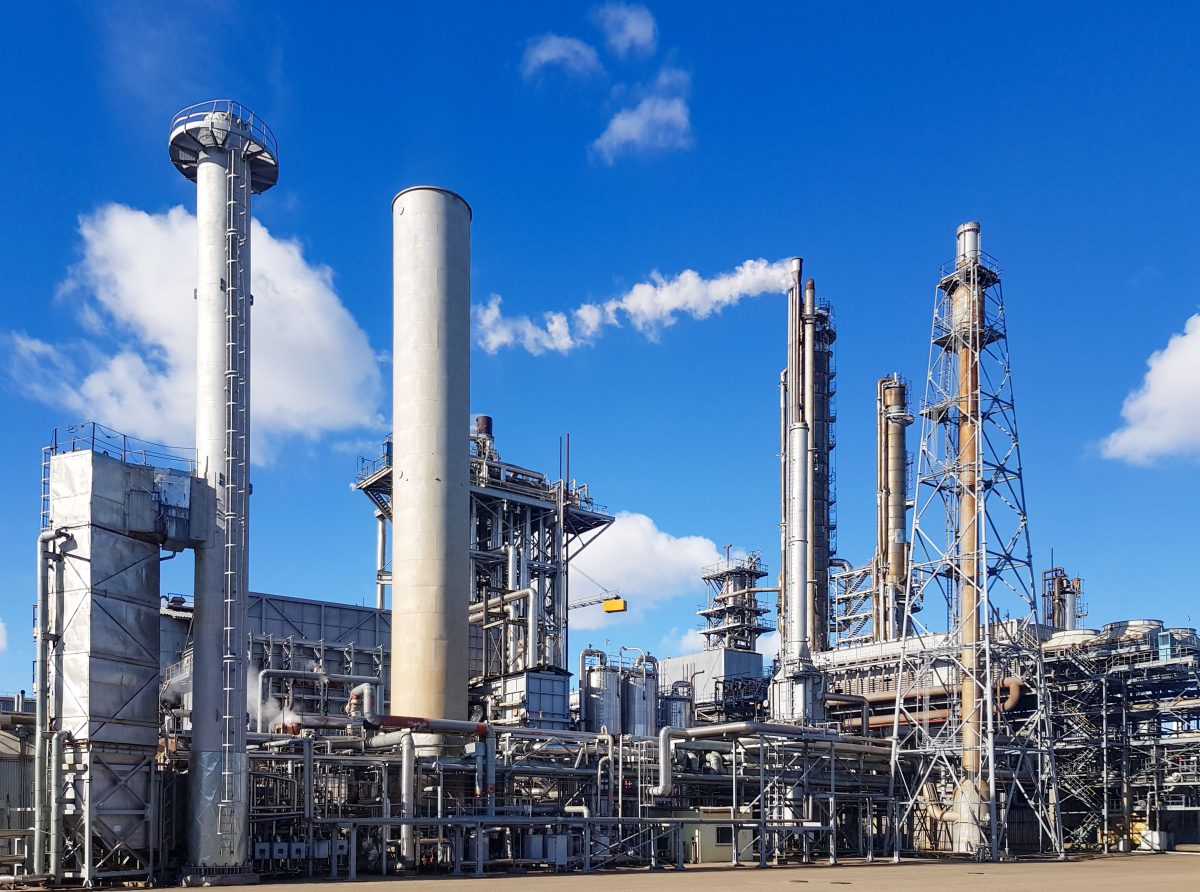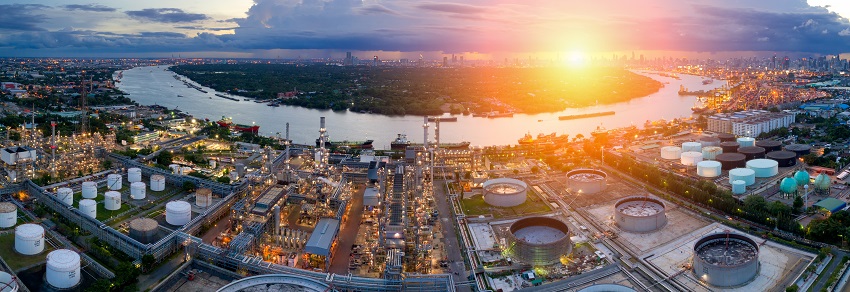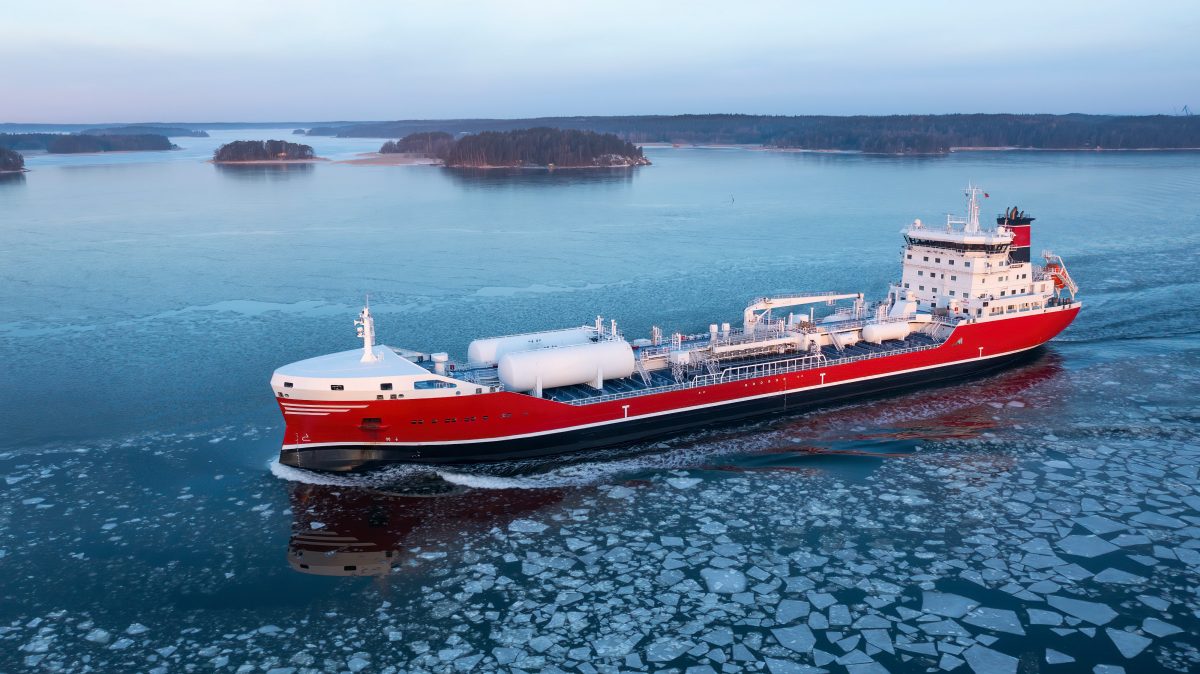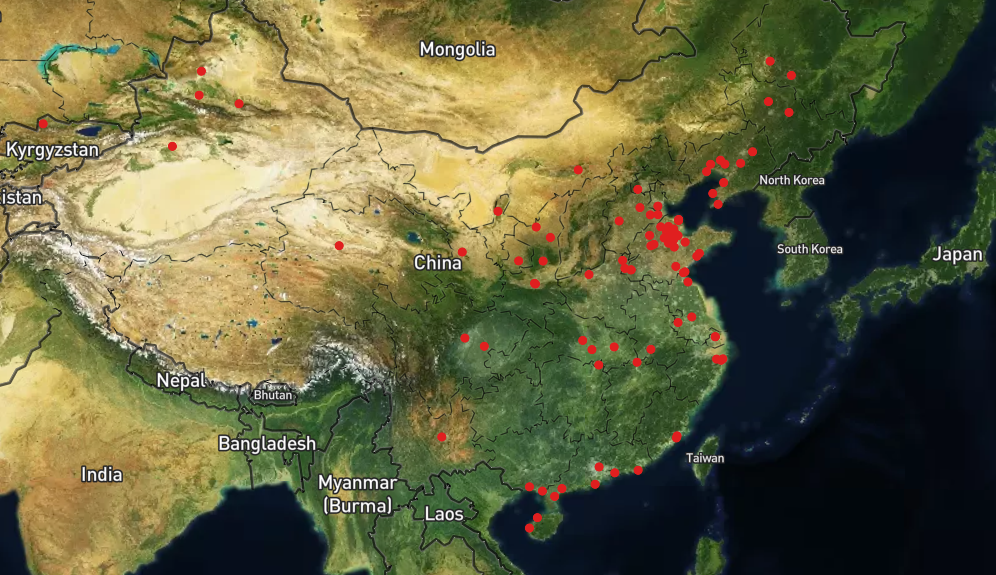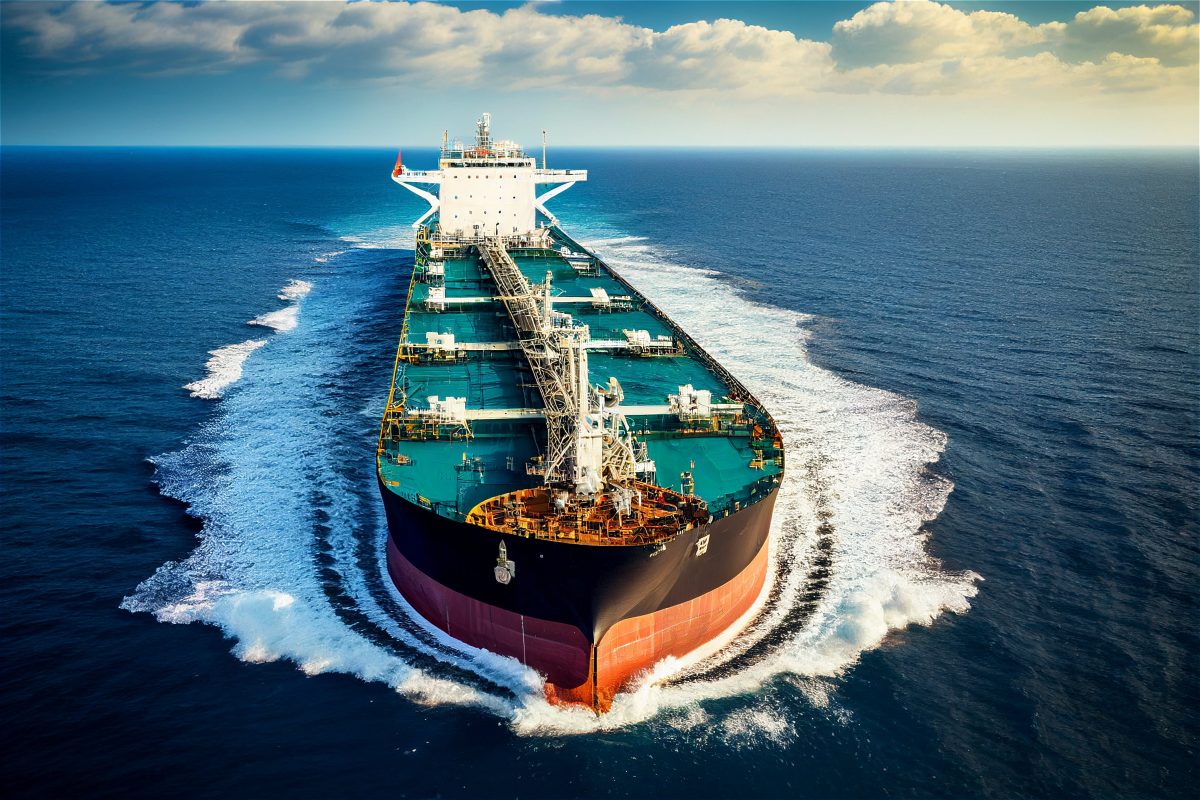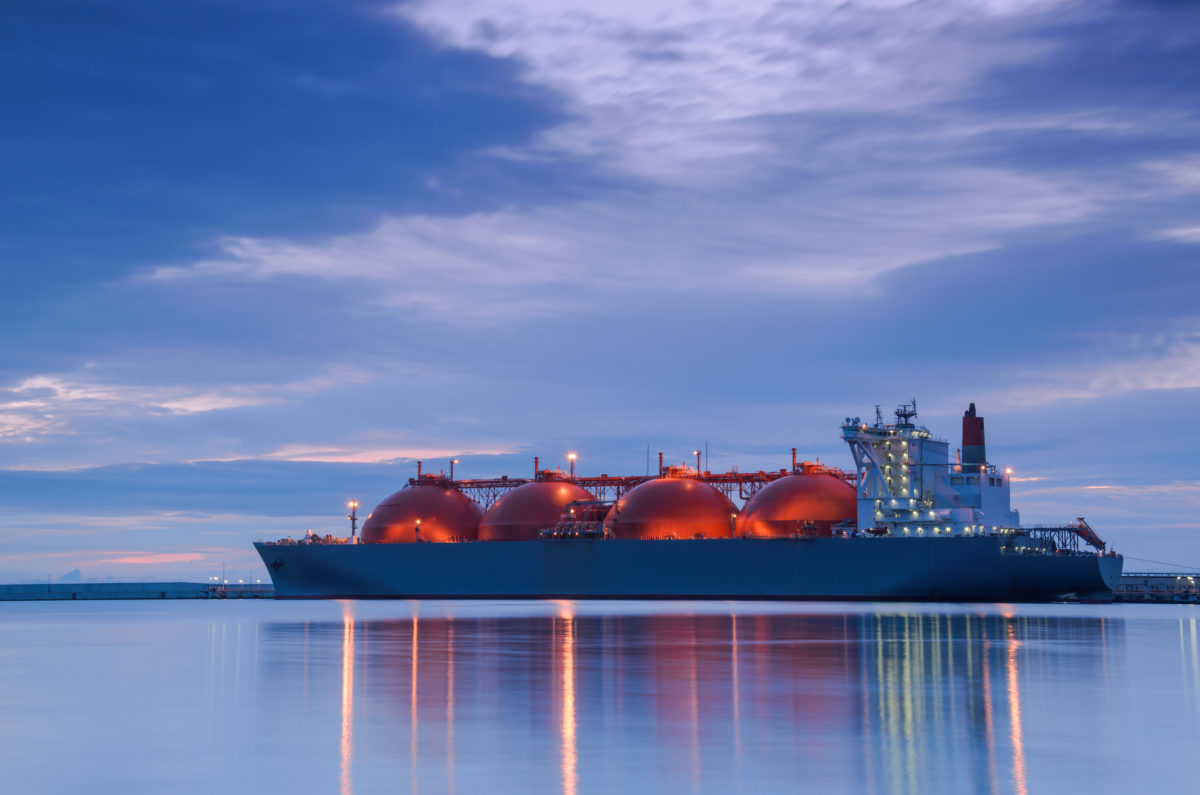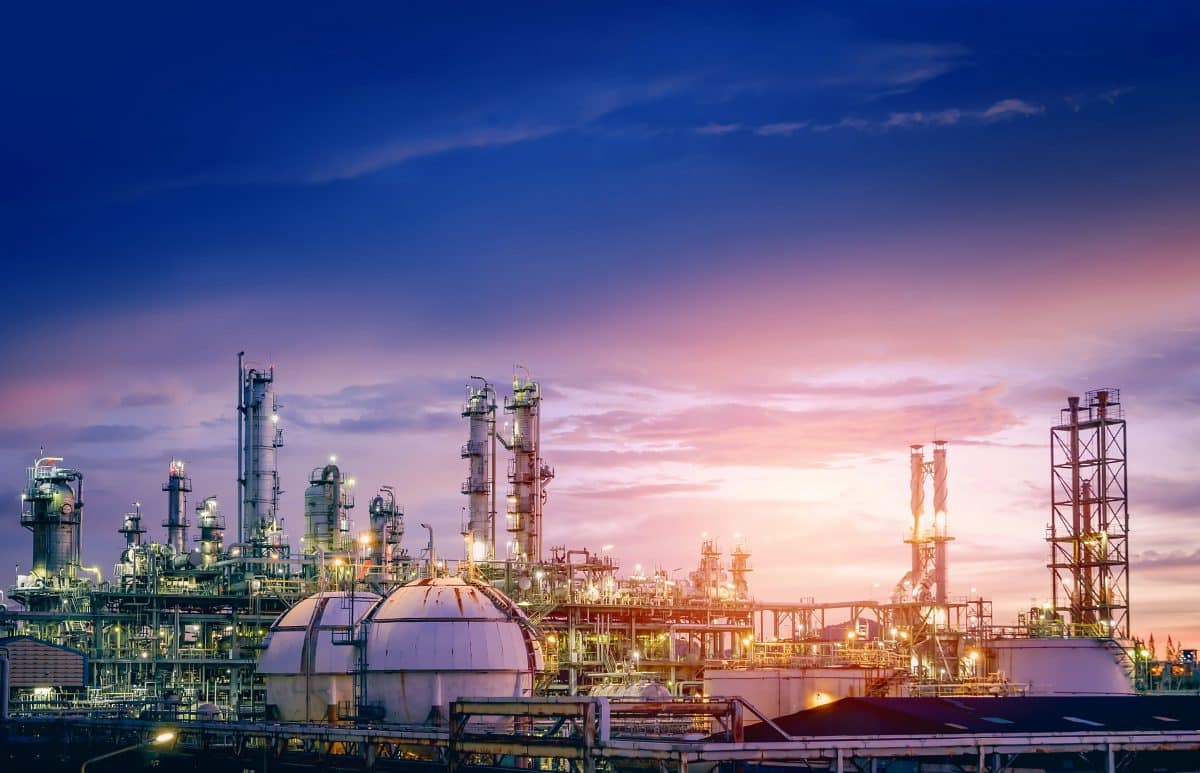The five largest Western oil firms announced nearly $200 billion in profits after the Ukraine war sent energy prices soaring. As China reopens, oil demand is likely to stay strong, alongside calls for windfall taxes.
Financial markets were stunned in April 2020 when the price of oil turned negative for the first time ever. As demand plummeted during the first COVID lockdown, the main US oil benchmark price fell to minus $30 (minus €28) a barrel.
Naysayers said prices would never recover. They warned that big oil’s days were numbered and the end of the hydrocarbon era was nigh. While they are correct about the direction of travel, their timing was way off.
The same five Western oil giants — ExxonMobil, Shell, Chevron, BP and Total — who made huge losses in 2020, have just collectively announced more than $196 billion in annual profits, helped on by a spike in oil demand caused by the Ukraine war and the post-pandemic recovery.
For much of the first half of last year, the oil price surpassed $100 and in March, Brent crude hit $139 a barrel. For the remainder of the year, it settled between $70 and $95 — much higher than the $40 to $50 needed for oil majors to make profits.
Exxon’s profit in 2022 was a record not just for itself but for any US or European oil giant. BP’s $28 billion profit was the highest in its 114-year history, while Shell made more than double the profit it made in the previous year.
As well as soaring oil prices, falling debt levels helped the oil majors to increase capital spending on fossil fuel production as governments prioritized energy security due to the supply shock caused by Western sanctions on Moscow and the Kremlin’s inconsistent energy supplies to Europe after the invasion of Ukraine.
BP CEO Bernard Looney was denounced by the green lobby when he said he wanted to “dial back” some of the energy giant’s investments in renewable energies due to the risk of oil and gas supply shortages causing more price volatility.
Contempt for ‘dirty’ cash cows
Public anger at Big Oil’s announcements of record profits is visceral, not only due to the urgent green energy push.
Over the last year, households and businesses have been hit hard by skyrocketing utility bills and the price of gasoline. While many governments have tried to limit the damage with subsidies, many see Big Oil as profiteering from public misery, so calls for windfall taxes on profits are growing louder.
The UK and the European Union have already imposed temporary levies on oil and gas sector profits. Politicians and unions have called for those to be increased. In their results updates, Shell, Total and BP revealed that the new taxes would cost them each about $2 billion — about 5% to 8% of profits.
ExxonMobil, meanwhile, is suing the EU to get the bloc to scrap its new windfall tax. The US’s largest oil firm argues that Brussels has exceeded its authority by imposing the levy, which it says is normally a role for national governments.
Exxon spokesperson Casey Norton said in December that the tax would “undermine investor confidence, discourage investment and increase reliance on imported energy.”
Biden urges tax hikes for oil majors
US President Joe Biden used his State of the Union address this week to call for energy giants to be squeezed further, demanding a quadrupling of taxes paid on share buybacks.
“When I talked to a couple of [energy companies], they said, ‘We are afraid you are going to shut down all the oil refineries anyway, so why should we invest in them?’ We are going to need oil for at least another decade,” Biden told Congress. “Instead, they used those record profits to buy back their own stock, rewarding their CEOs and shareholders. Corporations ought to do the right thing.”
The top Western oil companies paid out a record $110 billion in dividends and share repurchases to investors in 2022, according to a tally by Reuters news agency.
Oil giants have slashed their longer-term investments in recent years, partly after the US shale oil bust of the last decade but also after nursing heavy pandemic losses. With an ever-uncertain future due to the green energy transition, reticence remains over major capital spending.
China reopening to fuel demand
More pain could be on the way for consumers and businesses as China reopens after a 3-year zero-COVID policy, further fueling demand for oil while boosting Big Oil’s profits further still.
Although oil prices are not expected to reach their July 2008 all-time high of $150 a barrel anytime soon, some analysts predict the price could reach $100 again later this year — before a recession or downturn hits major economies and stalls demand.
In its latest oil market forecast published Tuesday, the Oxford Energy Institute said that oil prices would reach $95.7 a barrel, partly as a result of demand from Asia’s powerhouse economy. Goldman Sachs sees prices returning to $100 by December.
Russia said this week it planned to cut production by half a million barrels a day from next month, a move that sent prices higher. Moscow blamed the move on Western oil sanctions, including a European Union price cap of $60 on Russian crude oil. The Kremlin has so far diverted the oil it used to send to Europe to China and India, albeit at a 30% discount.
A further sign of strong oil demand came this week from Barclays Capital which forecast even higher profits for the oil majors. It set a share price target of 10 pounds ($12, €11.29) for BP, a near doubling from its Friday price of 5.61 pounds.
The Indian Express by Nik Martin, February 14, 2023

